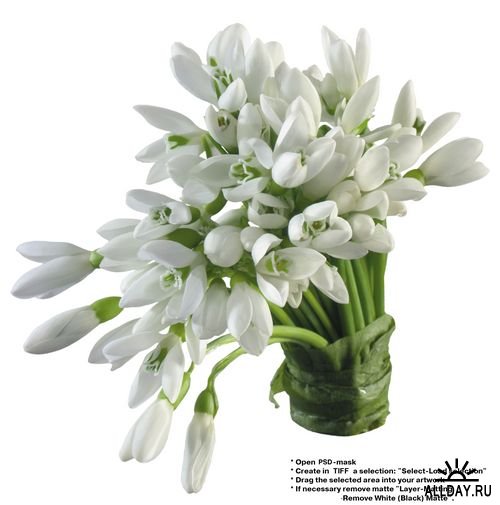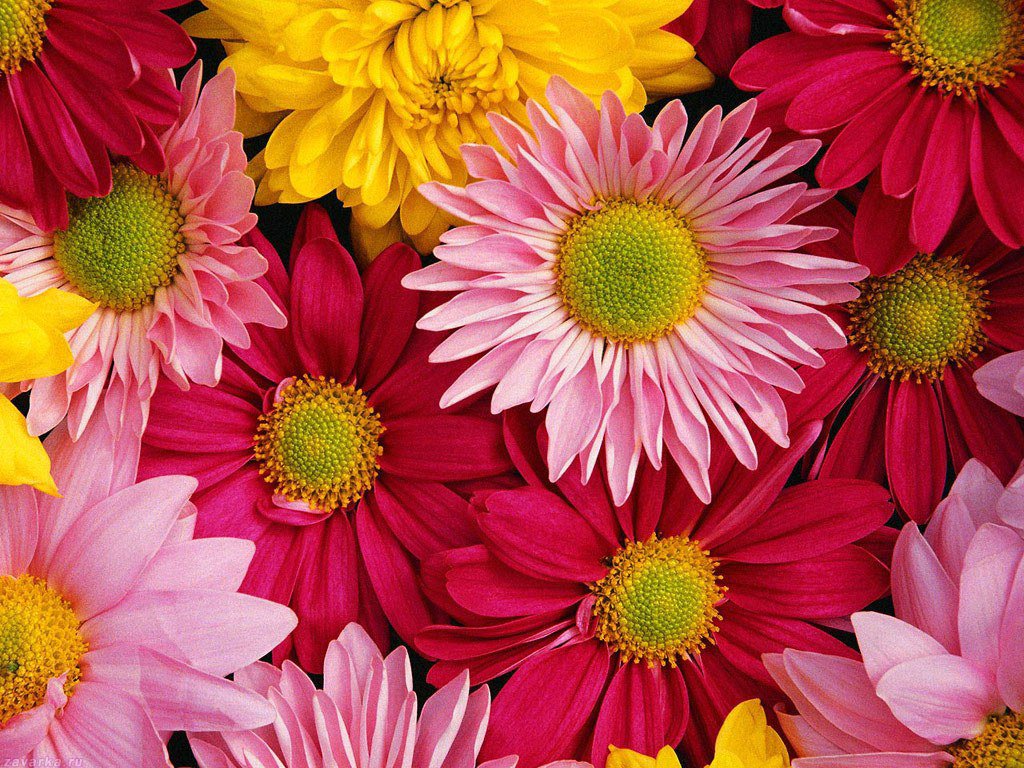
- •Тема I. Вводно-коррективный курс
- •Vocabulary exercises
- •Unit 2. My Biography Моя биография topical vocabulary
- •Introductory text My Biography
- •Compare
- •Remember!
- •Unit 3. Kazan State Medical University Казанский государственный медицинский университет
- •Topical vocabulary
- •Introductory text Kazan State Medical University
- •Vocabulary exercises
- •Unit 4. Working Day of a pharmaceutical Student Рабочий день студента фармацевтического факультета
- •Topical vocabulary
- •Introductory text Working Day of a pharmaceutical Student
- •Vocabulary exercises
- •Unit 5. Our English Lesson. Урок английского языка
- •Topical vocabulary
- •Introductory text Our English Lesson
- •Vocabulary exercises
- •Questionnaire
- •Vocabulary exercises
- •Are you a good student?
- •Theme II. What pharmacy is
- •Topical vocabulary Definition of the pharmacy
- •Vocabulary exercises
- •Community Pharmacy
- •Plural of nouns
- •Possessive’s
- •Опущение некоторых слов после существительных в притяжательном падеже
- •TexTs for written translation Clinical pharmacy
- •International Pharmaceutical Federation
- •Theme III. Pharmaceutical training in the united kingdom
- •Topical vocabulary
- •Introductory text The School of Pharmacy University of London
- •Vocabulary exercises
- •TexTs for reading Pharmaceutical Training in English-speaking countries
- •The Strategic Plan of the American College of Clinical Pharmacy
- •Grammar comparatives and superlatives
- •Irregular comparison
- •Neither….Nor
- •Theme IV. Development of pharmacy in the world
- •Topical vocabulary
- •Internet Pharmacy
- •The future of pharmacy
- •Pharmacy Practice in 2015
- •Introductory text The development of Pharmacy in the world
- •Vocabulary exercises
- •TexTs for written translation
- •Hospital pharmacy
- •Consultant pharmacy
- •Compounding pharmacy
- •Вопросительная форма
- •Написание некоторых глаголов с окончанием –s
- •Past simple
- •V erbs
- •Past Simple используется:
- •Наречия времени, с которым используется Past Simple
- •Написание глаголов с окончанием –ed:
- •Future simple Future Simple используется:
- •Наречия времени, с которыми используется Future Simple:
- •Спряжение глаголов в Future Simple
- •Shall используется:
- •Theme V. Parts of the body and organ systems
- •Topical vocabulary
- •Introductory text Parts of the Body
- •Vocabulary exercises
- •TexTs for written translation
- •Human musculoskeletal system
- •Human cardiovascular system
- •Funny reading
- •Infinitive without to (Examples: go, speak)
- •Infinitive with to (Examples: to go, to speak)
- •Modal verbs
- •Passive structure
- •Theme VI. In the chemical laboratory
- •Topical vocabulary
- •Introductory text
- •In the chemical Laboratory
- •Vocabulary exercises
- •Measurements
- •Text for written translation o utstanding Russian Chemist d.I. Mendeleev
- •Grammar present progressive Present Progressive используется:
- •Наречия времени, с которыми используется Present Progressive:
- •Спряжение глаголов в Present Progressive
- •Past progressive
- •Theme VII. Pharmaceutical chemistry
- •Topical vocabulary
- •Introductory text Pharmaceutical Chemistry
- •Vocabulary exercises
- •Texts for written translation Drug Discovery
- •Lead Optimization
- •Process chemistry and Development
- •Funny and useful reading
- •Grammar present perfect Present Perfect используется:
- •Наречия времени, с которыми используется Present Perfect:
- •Спряжение глаголов в Present Perfect:
- •Написание глаголов с окончанием -ed
- •Theme VIII. Medicinal plants
- •Topical vocabulary
- •Introductory text Medicinal Plants
- •Vocabulary exercises
- •TexTs for written translation Herbal Medicine
- •Preservation of Arnica Montana l.
- •Theme IX. Pharmacognosy
- •Topical vocabulary
- •Introductory text Pharmacognosy
- •Vocabulary exercises
- •TexTs for written translation Natural products chemistry
- •Loss of biodiversity
- •Theme X. At the chemist’s
- •Topical vocabulary
- •Introductory text At the Chemist’s
- •Vocabulary exercises
- •The Pharmacist
- •Chloraseptic
- •TexTs for written translation
- •At the Chemist’s
- •Tetracycline
- •Funny and useful reading
- •Women and Men
- •It’s a man’s world…
- •Theme XI. Technology of drugs
- •Topical vocabulary
- •Introductory text Technology Trends of Drug Delivery and Development
- •Stages in drug discovery and development
- •Vocabulary exercises
- •An overview of drug delivery technologies
- •TexTs for written translation Structure-Based Enhancement Techniques
- •Theme XII. Pharmacology
- •Topical vocabulary
- •Introductory text Pharmacology
- •Vocabulary exercises
- •Clinical pharmacology
- •TexTs for written translation Neuropharmacology
- •Psychopharmacology
- •Contents
Vocabulary exercises
Exercise 2. Read the words and word combinations and give the Russian equivalents from the right-hand column.
consistent a. главная линия
cultivated b. окружающая обстановка
mainstream c. совместимый
setting d. розничная торговля
trade e. культурный, обработанный
properties f. подготовка, приготовление
conditions g. условия
desired outcome h. доступный
preparations i. принимать, обращаться
available j. поставщик
provider k. свойства
access l. желаемый результат
Exercise 3. Read and translate the words and word combinations.
1. flowers – beautiful flowers – the flower “rose” is the national emblem of England – the trees were in flowers
2. sweet – sweet taste – we call the taste of sugar sweet – some fruits are sweet
3. leaf – leaves – leaves are the part of a plant which can be used in medicine – spring is the season of the year first leaves appear on trees
4. autumn – it is the third season of the year, between summer and winter – September, October and November are the autumn months
5. spring – spring is the season of the year between winter and summer
Exercise 4. Translate the following words and word combinations.
обрабатываемый, предвестник, собирать урожай, основное направление, лечебный (питательный) отвар, имеющий местное значение, жизнеспособный, пряный, горький, сладкий, форма, круглый, широкий, бледный, доступный, сортировать, сравнивать, правильный, современная розничная торговля, некоторые люди верят, лекарственные растения, массовое производство, содержать активные фармакологические вещества
Exercise 5. Match and answer the following question: Which of these flowers do you like best of all?
Lily of the valley, chamomile, garlic, rose, tulip, snowdrop, opium poppy, violet, daisy, pansy
|
анютины глазки, ландыш, маргаритка, ромашка, фиалка, чеснок, мак снотворный, роза, подснежник, тюльпан |
Exercise 6. Name the flower, using the picture.
 2.
2.
 3.
3.

4.
 5.
5.
 6.
6.

7.

Exercise 7. Read and guess the flower.
1. The flowers open between April and October. The plant grows in the fields. This plant is found throughout Europe and Siberia. The flowers are tricolor. (Tricolor means consisting of three colours: the yellow, the purple and the black) The plant is annual, with thick root and rhizomes of 8 – 23 cm long.
2. This species has a short flowering season from June to July. The fruit becomes mature very quickly and may be seen on the plant until the following January. The plant has a very pleasant odour. Volatile oils which give the odour to this plant are widely used in perfumery. There are many species of the plant which grow wild and cultivated throughout the world. The plant was originally cultivated in Iran and then in China; through Turkey it come Europe. The plant may be of various colours but the most widely distributed is a rose colour.
3. The flowers open from April to June and have a very sweet odour. This plant grows throughout Europe and in Russia. It is found in the forests. During the latest period it has decreased in number and is already enlisted in the Red Book of our country. It is used in medicine in the treatment of cardiac diseases. Each plant has from six to twelve flowers in an inflorescence. The flowers are small, of white colour, leaves – 5 – 12 cm long, and grow in pairs.
Exercise 8. True or False statements.
1. Some medicinal plants are wild crafted, meaning that they are harvested in the wild by people who are skilled at plant identification.
2. Wild crafting can also be done to gather medicinal plants for mass production.
3. Cultivation also allows for mass production, which makes plants more commercially viable, as they can be processed in small numbers and priced high enough.
4. The history of studying and working with medicinal plants is quite long.
5. Some preparations are widely used in the conventional medical community as well; preparations of aloe, for example, are commonly used to treat cancer.
6. Sometimes plants cannot be cultivated, making wild crafting the only way to obtain them, and some people believe that wild plants have no medicinal properties.
Exercise 9. Find the sentences in the text about.
1. the definition of the medicinal plants,
2. the history of studying and working with medicinal plants,
3. the wild crafted plants,
4. the cultivated plants
Exercise 10. Complete the sentences.
1. Medicinal plants are……
2. Herbal medicine is…..
3. Some people believe that……
4. Cultivation also allows……
5. Chemists are always interested in…..
6. Flowers are collected…..
7. Fruits may be collected …..
8. Garlic is used….
9. Little children like…..
